Wildflowers of the Adirondacks:
Cardinal Flower (Lobelia cardinalis)
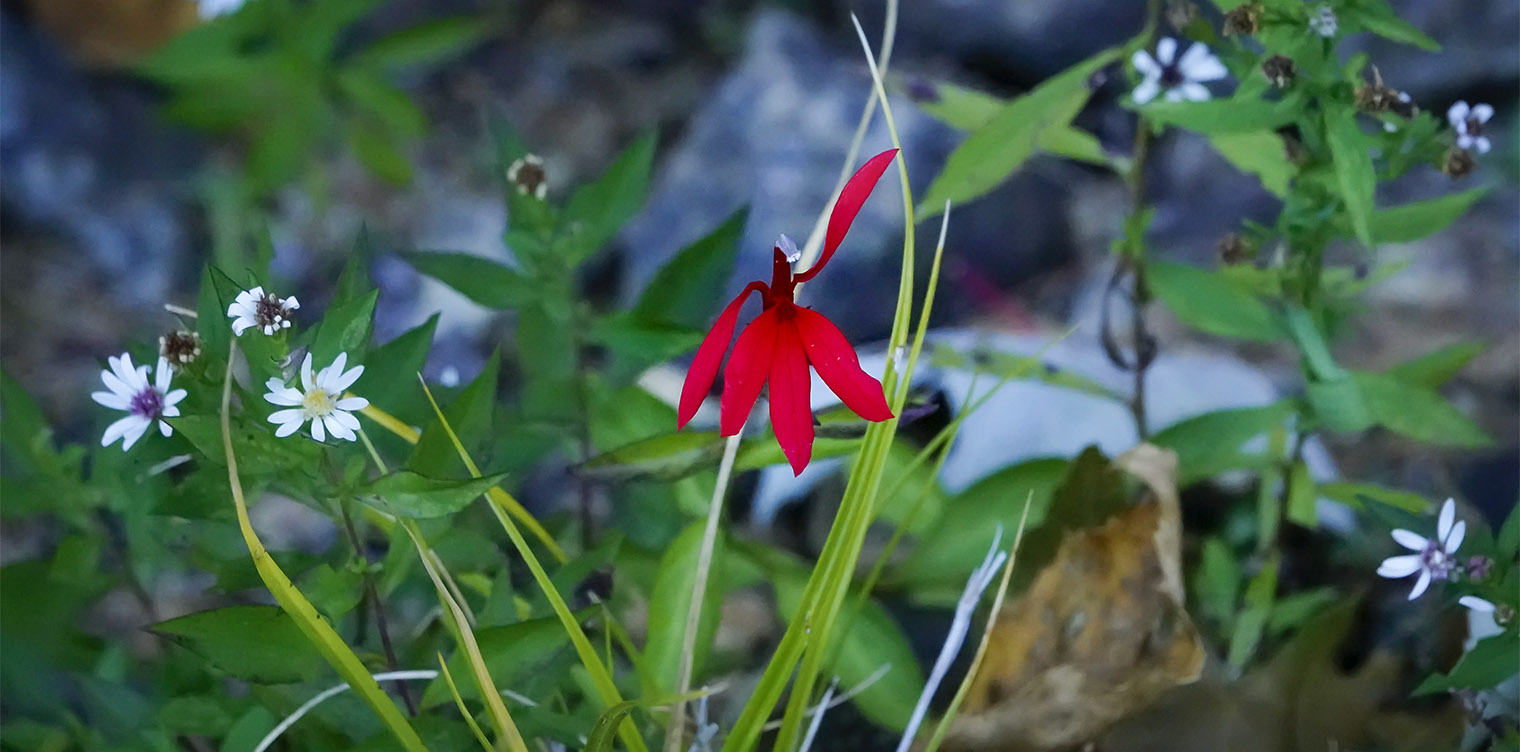
Cardinal Flower (Lobelia cardinalis) is a wetland wildflower that produces showy red flowers in late summer and thrives in marshes and the shores of streams, ponds, and lakes in the Adirondack Mountains of upstate New York.
The Cardinal Flower is a member of the Campanulaceae (Bellflower) family. It is one of seven species of the genus Lobelia found within the Adirondack Park Blue Line. The others are:
- Water Lobelia (Lobelia dortmanna L.)
- Indian Tobacco (Lobelia inflata L.)
- Kalm’s Lobelia (Lobelia kalmii L.)
- Nuttall’s Lobelia (Lobelia nuttallii)
- Great Blue Lobelia (Lobelia siphilitica L. var. siphilitica)
- Common Spiked Lobelia (Lobelia spicata Lam. var. spicata)
The Lobelia genus is named for the Flemish botanist Matthias de l'Obel (1538-1616), who anglicized his name to Matthew Lobel. The species name (cardinalis), as well as the nonscientific name (Cardinal Flower) is said to be a reference to the bright red clothing worn by Roman Catholic cardinals. Other nonscientific names for this plant include Cardinal-flower, Cardinalflower, Cardinal Lobelia, Red Lobelia, and Slinkweed. None of these other names are commonly used.
Identification of Cardinal Flower
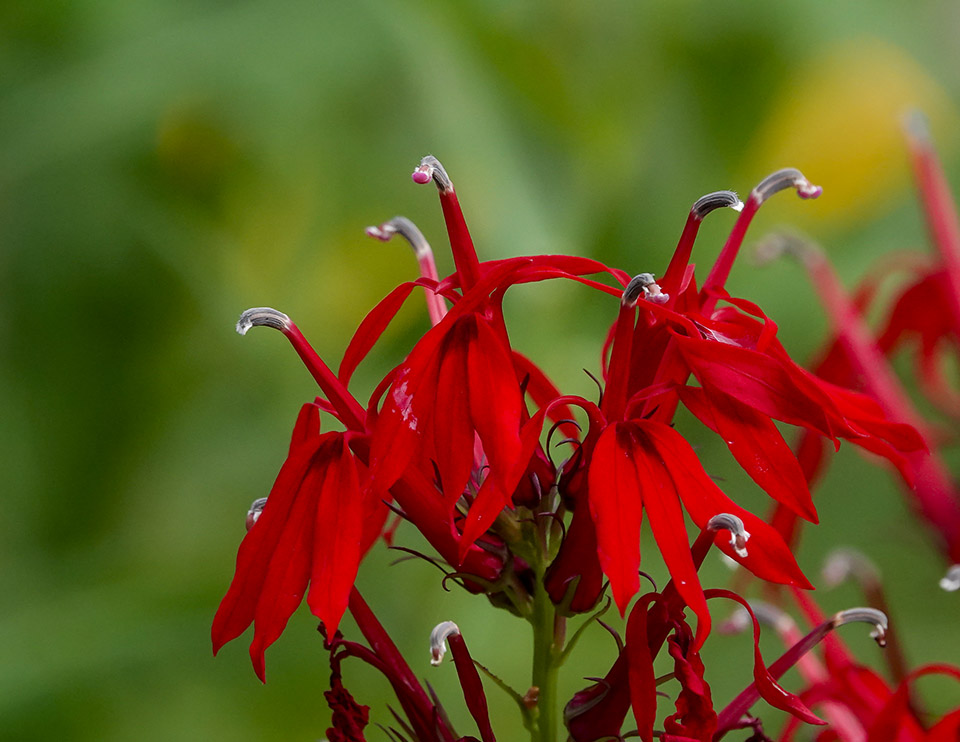
Cardinal Flower is an erect perennial that can grow 2 to 4 feet high. It is usually unbranched. The central stem is light green.
The Cardinal Flower's dark green leaves can be up to six inches long and 1½ inches wide.
- The leaves are simple
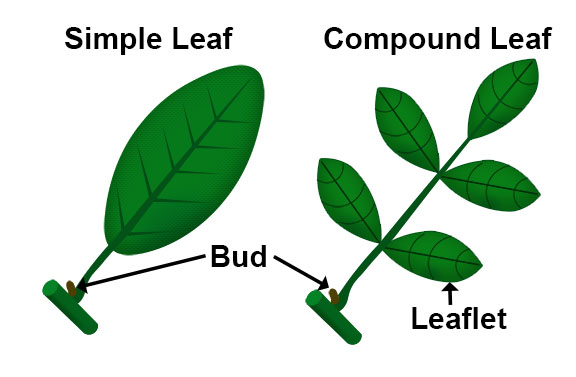 Simple Leaf: A leaf with a single undivided blade, as opposed to a compound leaf, which is one that is divided to the midrib, with distinct, expanded portions called leaflets., meaning that each leaf consists of a single, undivided blade.
Simple Leaf: A leaf with a single undivided blade, as opposed to a compound leaf, which is one that is divided to the midrib, with distinct, expanded portions called leaflets., meaning that each leaf consists of a single, undivided blade. - The
lance-shaped
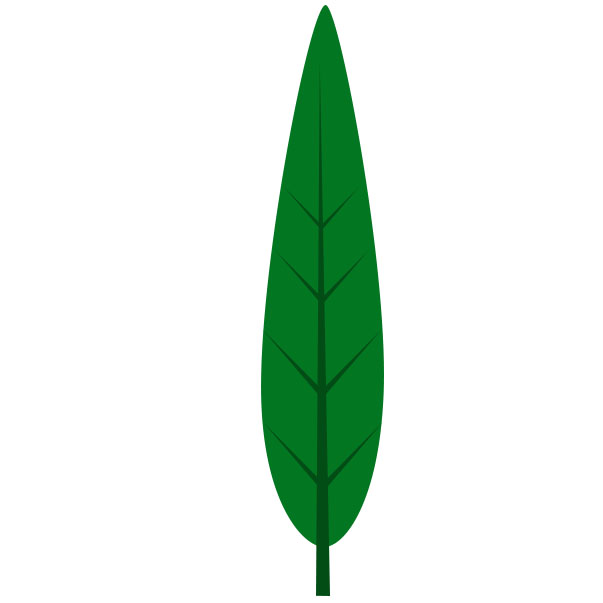 Lanceolate: A leaf shaped like a lance head, tapering to a point at each end. leaves are alternate
Lanceolate: A leaf shaped like a lance head, tapering to a point at each end. leaves are alternate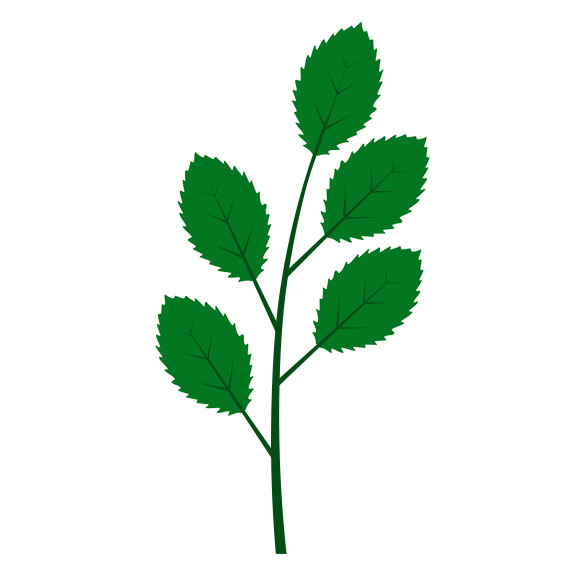 Alternate: An arrangement of leaves (or buds) on a stem (or twig) in which the leaves emerge from the stem one at a time. This often makes the leaves appear to alternate on the stem., meaning that the leaves emerge from the stem one at a time.
Alternate: An arrangement of leaves (or buds) on a stem (or twig) in which the leaves emerge from the stem one at a time. This often makes the leaves appear to alternate on the stem., meaning that the leaves emerge from the stem one at a time. - The
marginThe structure of the leaf's edge. (edges) of the leaves are toothed
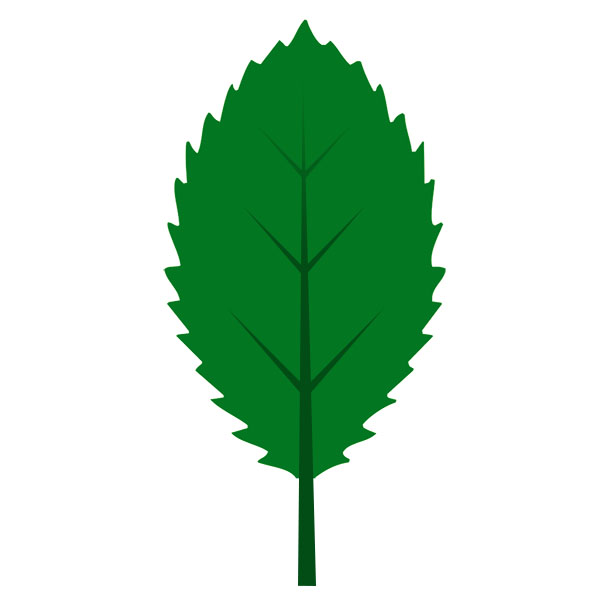 Toothed: Leaves which have a saw-toothed edge., meaning the leaf edges are serrated.
Toothed: Leaves which have a saw-toothed edge., meaning the leaf edges are serrated. - The lower leaves generally have short leaf stalks and more prominent teeth, while those farther up on the plant are usually stalkless with very fine teeth.
The flowers of Cardinal Flower appear in a spike-like cluster (raceme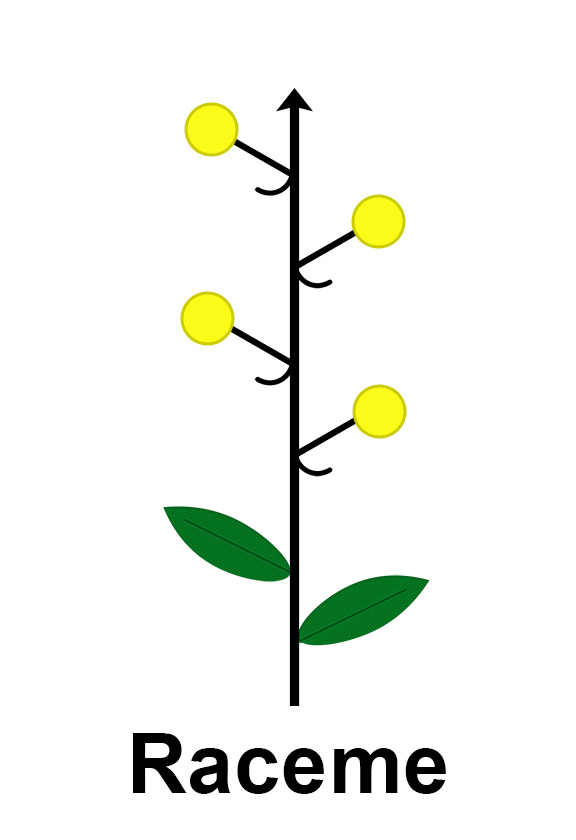 Raceme: A flower cluster with the separate flowers attached by short equal stalks at equal distances along a central stem. ) on the top of the plant's main stem. The cluster can be up to two feet long, and the blossoms open from bottom to top. The individual flowers are about 1–1½ inches long and ¾–1 inches across. Each flower has two upper petals and three spreading lower petals. There are five stamens
Raceme: A flower cluster with the separate flowers attached by short equal stalks at equal distances along a central stem. ) on the top of the plant's main stem. The cluster can be up to two feet long, and the blossoms open from bottom to top. The individual flowers are about 1–1½ inches long and ¾–1 inches across. Each flower has two upper petals and three spreading lower petals. There are five stamens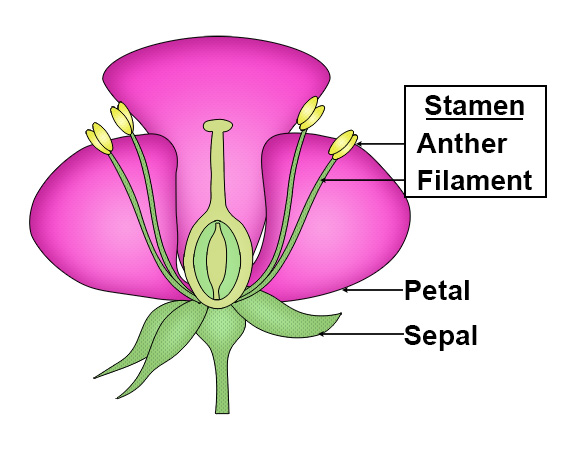 Stamen: The male part of the flower, made up of the filament and anther. which are joined together forming a red tube around the style
Stamen: The male part of the flower, made up of the filament and anther. which are joined together forming a red tube around the style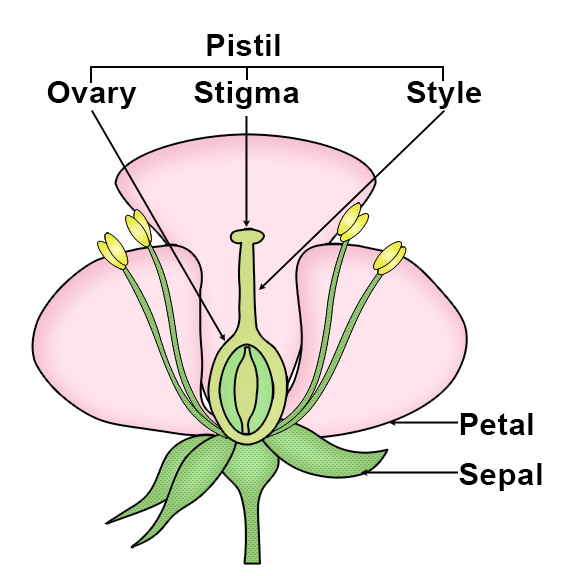 Style: The narrow, elongated part of the pistil between the ovary and the stigma. The style is part of the pistil (the female organs of a flower), which also consists of an ovary and a stigma. The style is the stalk that connects the stigma to the ovary. . The tube is topped by bearded anthers
Style: The narrow, elongated part of the pistil between the ovary and the stigma. The style is part of the pistil (the female organs of a flower), which also consists of an ovary and a stigma. The style is the stalk that connects the stigma to the ovary. . The tube is topped by bearded anthers.jpg) Anther: the part of a stamen that contains the pollen. to form a grayish brush.
Anther: the part of a stamen that contains the pollen. to form a grayish brush.
Throughout its range, Cardinal Flower is in flower from July to September. A survey of the 106 research-grade observations of Cardinal Flower in the Adirondack Park reported on iNaturalist suggests a flowering range from late July to late September.
The fruit of Cardinal Flower is a small capsule, said to be covered with a network of fine ridges. It gradually turns tan to red-brown and splits open in the fall, spilling hundreds of small, dustlike seeds which are carried aloft by the wind.
Uses of Cardinal Flower
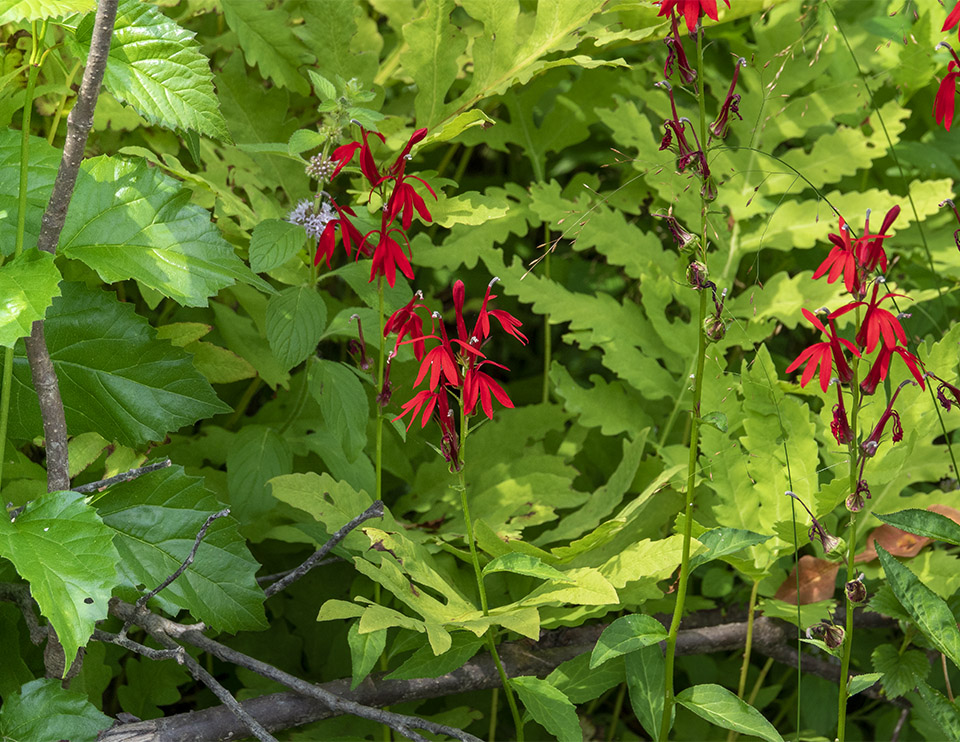
All sources indicate that all parts of the Cardinal Flower are toxic, particularly if eaten in large quantities. Although the degree of toxicity is not known, Cardinal Flower (like other plants in the Lobelia genus) contains toxic alkaloids, which reportedly have proven deadly in some cases. Injesting the plant may produce symptoms which include nausea, vomiting, diarrhea, salivation, exhaustion and weakness, dilation of pupils, convulsions, and coma. In addition, some people are allergic to the sap on their skin.
Despite the reported toxic nature of this plant, native American groups once used it to treat a wide variety of ailments. The Cherokee, for instance, used an infusion of the root for worms, stomach troubles, and rheumatism; they also used an infusion of the leaf for colds and fevers. The Delaware used an infusion of the roots as a remedy for typhoid. The Iroquois used an infusion of the roots for pain; the plants was also used as a fever medicine and to treat consumption.
Wildlife Value of Cardinal Flower
Cardinal Flower is of modest value to wildlife. Although the seeds are too small to be of much use to birds, the nectar of the flowers attract Ruby-throated Hummingbirds, which are said to be the plant's main pollinator. Hummingbirds have a well-developed ability to see color and are attracted to the red of the Cardinal Flower's blossoms. Despite the fact that Cardinal Flowers have no landing platform, these tiny birds have such long slender beaks that they can penetrate to the base of the long tubular flowers. They pollinate the plant when they brush their foreheads against the tube tip while plunging their bills into the tube below.
Other insects that feed on the nectar or pollen of Cardinal Flowers include short-tongued bees and bumblebees (which are able to steal nectar by perforating the flowers). The larvae of the Pink-washed Looper Moth are said to feed on the leaves.
Swallowtail butterflies are also attracted to Cardinal Flowers, because they have compound eyes which reportedly can detect the color red. Butterflies observed on Cardinal Flowers include Black Swallowtails, Spicebush Swallowtails, and Pipevane Swallowtails.
Distribution of Cardinal Flower
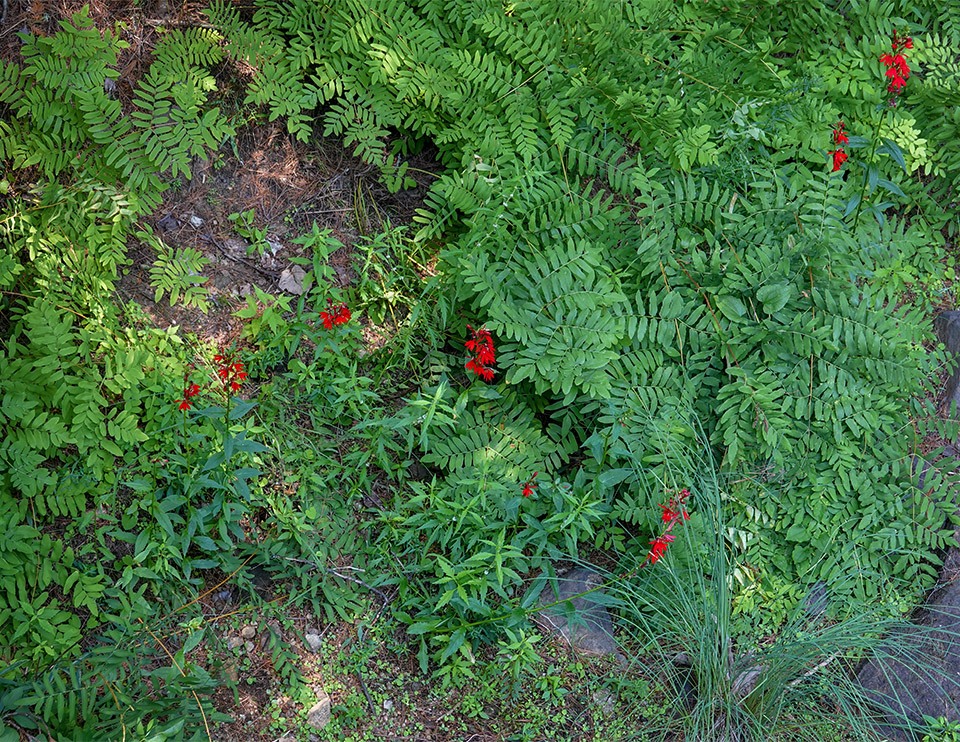
Cardinal Flower is found in the lower half of the United States, from Maine to Florida, west to Texas and Colorado, and south to the Gulf of Mexico. It is also found in the northeastern and southern Canadian provinces, including New Brunswick, Ontario, and Quebec.
At one time, the Cardinal Flower was a fairly abundant species, but its striking scarlet flowers led to over-picking, drastically reducing its occurrence. Conversion of wetland habitat has also contributed to its decline. The plant is listed as "salvage restricted" in Arizona and threatened in Florida.
In New York State, the Cardinal Flower is listed in the native plants regulation under the heading "Exploitably vulnerable native plants." This means that it is a violation to pick, damage, or remove this plant on private property without the consent of the owner. All plants on state-owned land, including state land within the Adirondack Park, are protected under the New York State Environmental Conservation Law and land management regulations.
Individual specimens of Cardinal Flower are found throughout New York State. Vouchered plant specimens have been registered in all Adirondack Park Blue Line counties, with the exception of Clinton County. There have been 392 research-grade observations in New York State submitted to iNaturalist; 41 are from within the boundaries of the Adirondack Park. The Adirondack Park observations appear to be scattered throughout the Park.
Habitat of Cardinal Flower
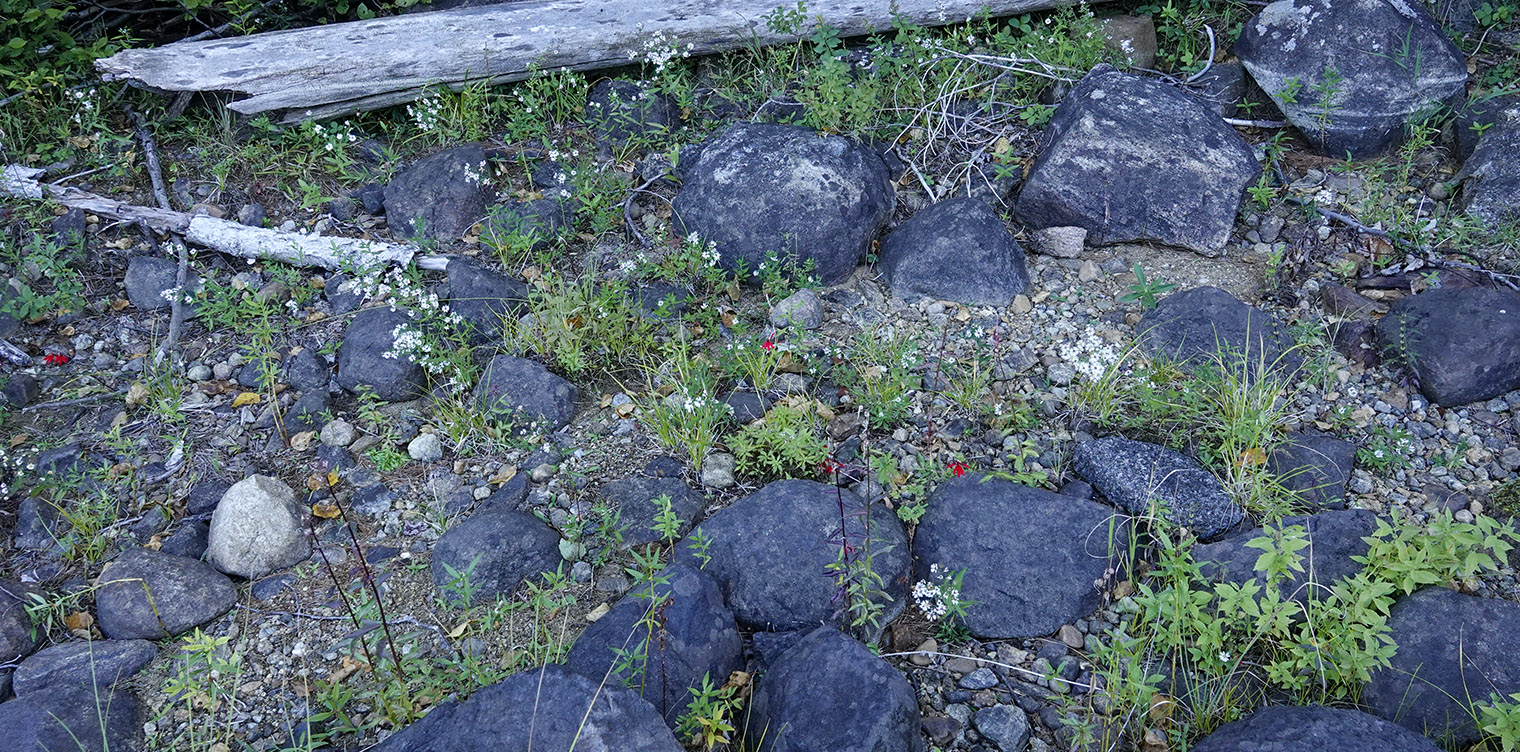
Cardinal Flower is a wetland plant. It is classified as a Facultative Wetland in our area, meaning that it usually occurs in wetlands, but may occur in non-wetlands. It is usually found on poorly-drained sites in swamps, marshes, wet thickets, river banks, and the edges of lakes and ponds. It can grow in both shaded and unshaded sites, but is said to prefer partly-sunny sites. It almost always grows in saturated to wet-mesic soils.
Cardinal Flower is not a common plant on most of the trails covered here.
- One convenient place to look for it is the Adirondack Interpretive Center, where it is found growing on the shores of Rich Lake (on the Rich Lake Trail) and on the banks of Sucker Brook on the Sucker Brook Trail.
- You can also find it on the banks of the Saranac River and in the Adirondack Pollinator Garden at the Paul Smith's College VIC.
In marshy sites, look for it growing near other wetland-dwelling plants, such as Sensitive Fern, Royal Fern, and Pickerelweed.
References
Michael Kudish. Adirondack Upland Flora: An Ecological Perspective (The Chauncy Press, 1992), p. 188.
New York Flora Association. New York Flora Atlas. Cardinal Flower. Lobelia cardinalis L. Retrieved 17 November 2019.
New York Flora Association. New York Flora Atlas. Water Lobelia. Lobelia dortmanna L. Retrieved 17 November 2019.
New York Flora Association. New York Flora Atlas. Indian Tobacco. Lobelia inflata L. Retrieved 17 November 2019.
New York Flora Association. New York Flora Atlas. Kalm’s lobelia. Lobelia kalmii L. Retrieved 19 November 2019.
New York Flora Association. New York Flora Atlas. Nuttall’s lobelia. Lobelia nuttallii. Retrieved 19 November 2019.
New York Flora Association. New York Flora Atlas. Great Blue Lobelia. Lobelia siphilitica L. var. siphilitica. Retrieved 19 November 2019.
New York Flora Association. New York Flora Atlas. Common Spiked Lobelia. Lobelia spicata Lam. var. spicata. Retrieved 19 November 2019.
Integrated Taxonomic Information System. Lobelia cardinalis L. Retrieved 19 November 2019.
United States Department of Agriculture. The Plants Database. Cardinalflower. Lobelia cardinalis L. Retrieved 19 November 2019.
United States Department of Agriculture. NRCS National Plant Data Center & the Biota of North America Program. Plant Guide. Cardinal Flower. Lobelia cardinalis L. Retrieved 19 November 2019.
United States Department of Agriculture. Forest Service. Plant of the Week. Cardinal Flower. Lobelia cardinalis L. Retrieved 19 November 2019.
NatureServe Explorer. Online Encyclopedia of Life. Cardinalflower. Lobelia cardinalis L. Retrieved 19 November 2019.
Margaret B. Gargiullo. A Guide to Native Plants of the New York City Region (New York City Department of Parks & Recreation, 2007), p. 114.
Native Plant Trust. Go Botany. Cardinal-flower. Lobelia cardinalis L. Retrieved 19 November 2019.
New York State. Department of Environmental Conservation. New York Natural Heritage Program. Ecological Communities of New York State. Second Edition (March 2014), pp. 48-49. Retrieved 17 October 2015.
New York Natural Heritage Program. 2021. Online Conservation Guide for Shallow Emergent Marsh. Retrieved 2 August 2021.
New York State. Adirondack Park Agency. Preliminary List of Species Native Within the Adirondack Park Listed Alphabetically by Scientific Name and Sorted by Habit. Volume 1. Updated 10.23.2006, p. 26-27. Retrieved 26 January 2017.
USA National Phenology Network. Nature’s Notebook. Lobelia cardinalis. Retrieved 19 November 2019.
The New York Phenology Project. Cardinal Flower. Lobelia cardinalis. Retrieved 19 November 2019.
Connecticut Botanical Society. Cardinal Flower. Lobelia cardinalis L. Retrieved 19 November 2019.
University of Wisconsin. Flora of Wisconsin. Cardinal-flower. Lobelia cardinalis. Retrieved 19 November 2019.
Illinois Wildflowers. Cardinal Flower. Lobelia cardinalis. Retrieved 19 November 2019.
Illinois Wildflowers. Insect Visitors of Illinois Wildflowers. Lobelia cardinalis. Cardinal Flower. 19 November 2019.
Illinois Wildflowers. Plant-Feeding Insect Database. Lobelia cardinalis. Cardinal Flower. 19 November 2019.
Eloise Butler Wildflower Garden. The Friends of the Wild Flower Garden. Cardinal Flower. Lobelia cardinalis L. Retrieved 19 November 2019.
Lady Bird Johnson Wildflower Center. Lobelia cardinalis. Retrieved 19 November 2019.
iNaturalist. Cardinal Flower. Lobelia cardinalis. Retrieved 2 August 2021.
iNaturalist. Adirondack Park Observations. Cardinal Flower. Lobelia cardinalis. Retrieved 2 August 2021.
Anne McGrath. Wildflowers of the Adirondacks (EarthWords, 2000), p.73, Plate 19.
Roger Tory Peterson and Margaret McKenny. A Field Guide to Wildflowers. Northeastern and North-central North America (Houghton Mifflin Company, 1968), pp. 216-217. Retrieved 19 November 2019.
Doug Ladd. North Woods Wildflowers (Falcon Publishing, 2001), p. 72.
Lawrence Newcomb. Newcomb's Wildflower Guide (Little Brown and Company, 1977), pp. 52-53.
Meiyin Wu & Dennis Kalma. Wetland Plants of the Adirondacks: Herbaceous Plants and Aquatic Plants (Trafford Publishing, 2011), p. 81.
Donald D. Cox. A Naturalist's Guide to Wetland Plants. An Ecology for Eastern North America (Syracuse University Press, 2002), pp. 54-55, 102-103.
Janet Lyons and Sandra Jordon. Walking the Wetlands. A Hiker's Guide to Common Plants and Animals of Marshes, Bogs, and Swamps (John Wiley & Sons, Inc., 1989), pp. 42-43. Retrieved 22 November 2019.
David M. Brandenburg. Field Guide to Wildflowers of North America (Sterling Publishing Company, Inc., 2010), p. 187.
John Kricher. A Field Guide to Eastern Forests. North America (Houghton Mifflin, 1998), pp. 88-90, 134-135, 327, 392-393. Retrieved 22 November 2019.
Timothy Coffey. The History and Folklore of North American Wildflowers (FactsOnFile, 1993), p. 226. Retrieved 22 November 2019.
Ruth Schottman. Trailside Notes. A Naturalist's Companion to Adirondack Plants (Adirondack Mountain Club, 1998), pp. 107-110.
Wilbur H. Duncan and Marion B. Duncan. Wildflowers of the Eastern United States (The University of Georgia Press, 1999), pp. 102-103, 282. Retrieved 22 November 2019.
National Audubon Society Field Guide to North American Wildflowers. Eastern Region. (Alfred A. Knopf, 2001), p. 451, Plate 413.
William K. Chapman et al. Wildflowers of New York in Color (Syracuse University Press, 1998), pp. 66-67.
Alexander C. Martin, Herbert S. Zim, and Arnold L. Nelson. American Wildlife & Plants. A Guide to Wildlife Food Habits (Dover Publications, 1951), pp. 116-118.
John Eastman. The Book of Swamp and Bog: Trees, Shrubs, and Wildflowers of Eastern Freshwater Wetlands (Stackpole Books, 1995), pp. 38-40.
Plants for a Future. Lobelia cardinalis. Retrieved 22 November 2019.
Steven Foster and James A. Duke. A Field Guide to Medicinal Plants and Herbs of Eastern and Central North America. Second Edition. (Houghton Mifflin Harcourt, 2000), pp. 163-164.
University of Michigan. Native American Ethnobotany. A Database of Foods, Drugs, Dyes and Fibers of Native American Peoples, Derived from Plants. Lobelia cardinalis. Retrieved 22 November 2019.
The Cornell Lab of Ornithology. Birds of North America. Subscription web site. Ruby-throated Hummingbird. Retrieved 22 November 2019.
Butterflies and Moths of North America. Spicebush Swallowtail Sighting. Retrieved 22 November 2019.
Steven Clemants and Carol Gracie. Wildflowers in the Field and Forest: A Field Guide to the Northeastern United States (Oxford University Press, 2006), pp. 86-87.
Allen J. Coombes. Dictionary of Plant Names (Timber Press, 1994), p. 109.
